Guaranteed Delivery
by Mother’s Day
on orders placed through May 2
Guaranteed Delivery by Mother’s Day
on orders placed through May 2
on orders placed through May 2
on orders placed through May 2
SAVE 15% OFF your order
(Use code LOVE)
FREE SHIPPING when you spend $100 (Continental US Only)
FREE 9″ Beech Bowl when you spend $150 (Use code SPRING)
SAVE 15% on all orders (Use code LOVE)
FREE SHIPPING when you spend $100 (Continental US Only)
FREE 9″ Beech Bowl when you spend $150 (Use code SPRING)
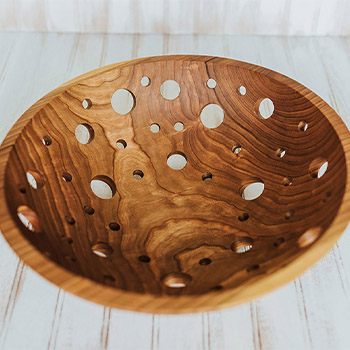
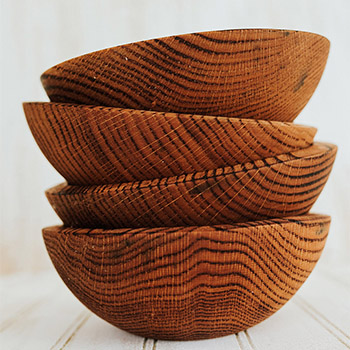
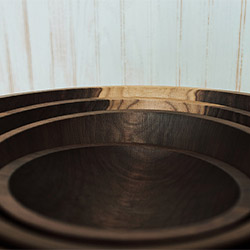
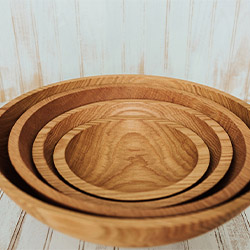
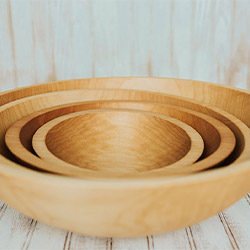
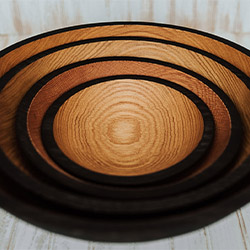
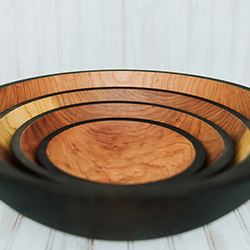
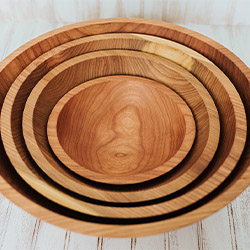
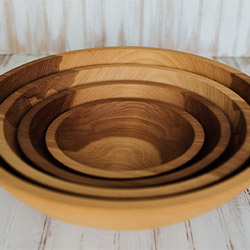
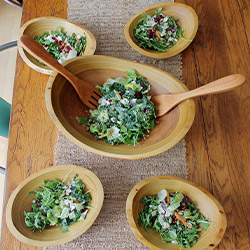

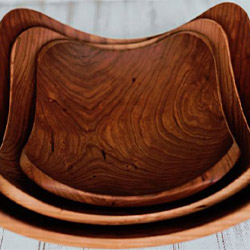
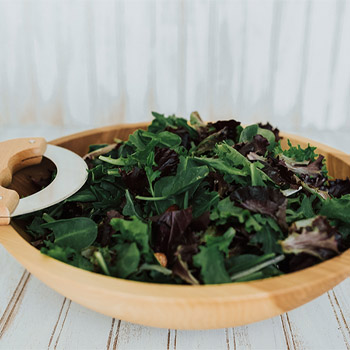

Share
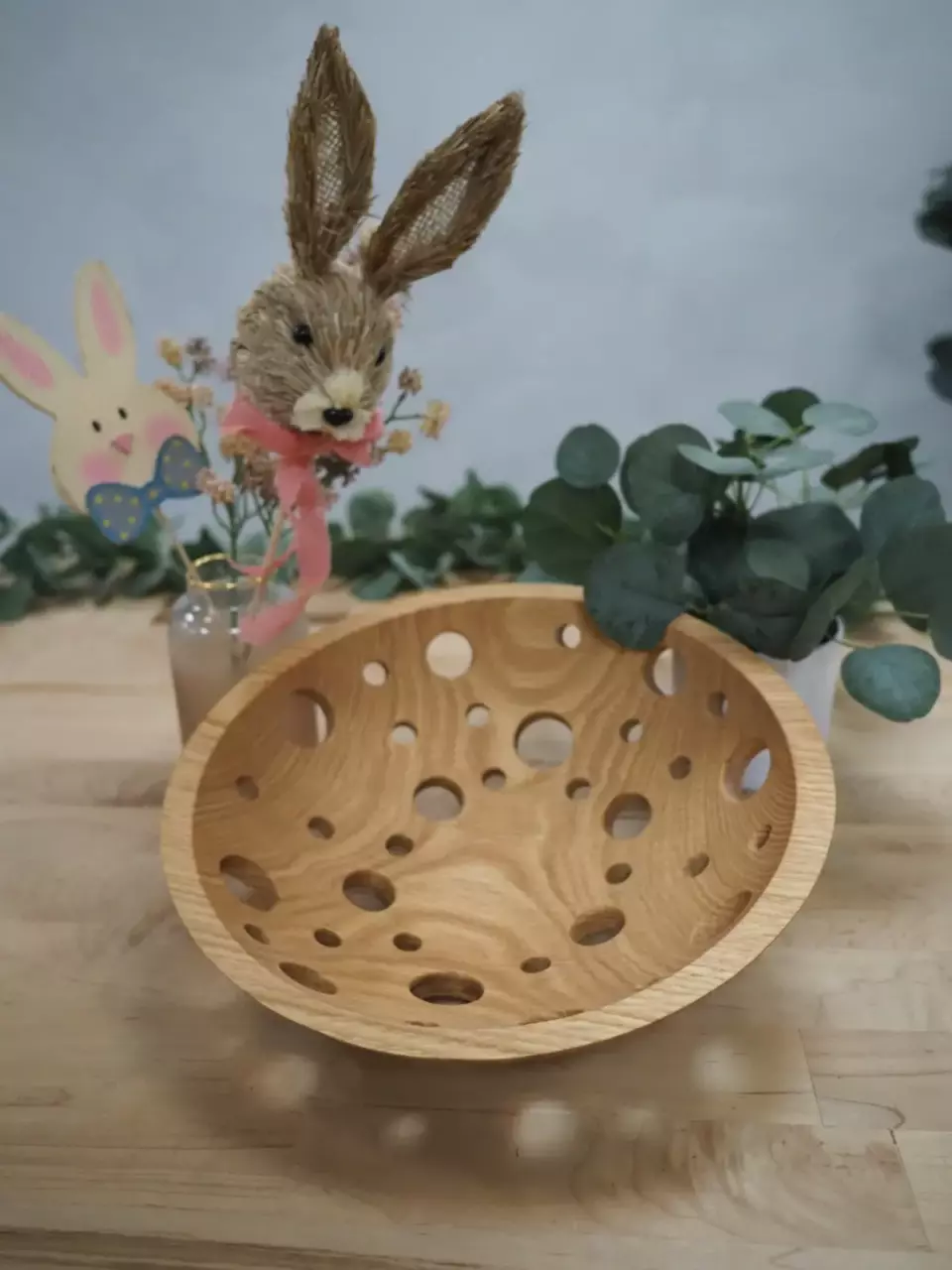
Looking to enhance the longevity of your cherished wooden kitchenware? Wondering what secret ingredient can bring out the best in your cutting boards and utensils? Well, you’ve come to the right place.
Seasoning wooden kitchenware is a crucial step in maintaining its quality and durability. But what’s the best method? What oils should you use?
In this discussion, we’ll uncover the answers to these burning questions and provide you with expert guidance on how to achieve the best results. So, prepare to elevate your culinary experience and unlock the secrets to perfectly seasoned wooden kitchenware.
Seasoning wooden kitchenware is crucial for enhancing its longevity and performance. By properly seasoning your wooden kitchenware, you aren’t only taking care of your tools but also ensuring that they serve you well for a long time. When you season wooden kitchenware, you’re essentially adding a protective layer to the surface, preventing it from absorbing liquids, odors, and stains. This layer also helps to reduce the risk of warping or cracking, which can happen when the wood comes into contact with moisture or extreme temperatures.
One of the main reasons why seasoning matters is that it helps to maintain the natural beauty of the wood. Wooden kitchenware, such as cutting boards and utensils, is often crafted from high-quality, aesthetically pleasing woods like maple, cherry, or walnut. Seasoning these pieces not only protects their appearance but also enhances the grain and color, making them even more visually appealing.
Additionally, seasoning your wooden kitchenware helps to improve its performance. When the wood is properly seasoned, it becomes more resistant to scratches and knife marks, providing a smoother surface for food preparation. This can make chopping, slicing, and dicing easier and more enjoyable. Seasoning also helps to maintain the natural oils in the wood, which can enhance its ability to repel bacteria and reduce the risk of food contamination.
When seasoning wooden kitchenware, it’s important to consider the type of wood you’re working with. Different types of wood have different characteristics that can affect the seasoning process and the overall durability and performance of your kitchenware.
One popular type of wood for kitchenware is maple. Maple wood is known for its strength and durability, making it a great choice for cutting boards, spoons, and other utensils. It’s also resistant to moisture, which helps prevent warping and cracking over time. To season maple kitchenware, you can use food-grade mineral oil or beeswax to create a protective layer that seals the wood and enhances its natural beauty.
Another common wood used for kitchenware is bamboo. Bamboo is a sustainable and eco-friendly option that’s also very durable. It has natural antimicrobial properties, making it a hygienic choice for cutting boards and countertops. To season bamboo kitchenware, you can use a mixture of mineral oil and beeswax to nourish the wood and protect it from moisture.
Oak is another type of wood that’s often used for kitchenware, particularly for items like rolling pins and salad bowls. Oak is a strong and sturdy wood that can withstand heavy use. To season oak kitchenware, you can use a combination of food-grade mineral oil and beeswax to create a protective barrier that prevents moisture from penetrating the wood.
Proper seasoning offers a range of benefits to achieve optimal performance and longevity of your wooden kitchenware. When you take the time to season your wooden utensils and cutting boards, you aren’t only enhancing their durability but also ensuring the safety of your food preparation.
Seasoning creates a protective barrier on the surface of the wood, preventing it from absorbing moisture, odors, and stains. This not only keeps your kitchenware looking new but also reduces the risk of bacterial growth.
Properly seasoned wooden kitchenware is less prone to cracking or warping, as the seasoning process helps to stabilize the wood fibers. This means that your utensils and cutting boards will last longer, saving you money in the long run. Additionally, seasoning enhances the natural beauty of the wood, giving it a rich and lustrous appearance that adds a touch of elegance to your kitchen.
Furthermore, seasoned wooden kitchenware provides a better cooking experience. The seasoning process helps to prevent food from sticking to the surface, making it easier to flip pancakes, sauté vegetables, or slide dough off a rolling pin. The smooth and non-stick surface also allows for easy cleanup, saving you precious time and effort in the kitchen.
Now, let’s talk about the step-by-step process of seasoning your wooden kitchenware.
The first point to consider is selecting the right oil for seasoning.
Once you have chosen the oil, you’ll need to apply it generously to the surface of the wooden utensils or cutting boards.
Start by selecting the appropriate oil for seasoning your wooden kitchenware. The type of oil you choose will affect the durability and appearance of your wooden utensils and cutting boards. To help you make an informed decision, refer to the table below, which outlines the characteristics of different oils commonly used for seasoning wooden kitchenware:
| Oil Type | Characteristics | Benefits |
|---|---|---|
| Mineral | Odorless, colorless | Food-safe, doesn’t go rancid, easy to find |
| Olive | Natural, mild aroma | Food-safe, enhances the wood grain, adds a subtle flavor to food |
| Walnut | Nutty aroma, rich color | Food-safe, dries quickly, provides a deep, lustrous finish |
| Coconut | Light scent, clear color | Food-safe, resists bacteria growth, moisturizes wooden surfaces |
| Beeswax | Neutral scent, amber color | Food-safe, forms a protective barrier, adds a natural shine |
Consider your preferences, the intended use of the kitchenware, and the maintenance requirements when selecting the oil for seasoning. By choosing the right oil, you can enhance the longevity and beauty of your wooden kitchenware, creating a sense of belonging and connection to your culinary space.
After selecting the appropriate oil for seasoning your wooden kitchenware, the next step is to apply it using a step-by-step process. This process will help ensure that the oil is evenly distributed and properly absorbed by the wood, resulting in a well-seasoned and protected surface.
To begin, make sure your wooden kitchenware is clean and dry. Use a soft cloth or brush to remove any debris or dust. Then, pour a small amount of oil onto a clean cloth or paper towel. Gently rub the oil onto the wooden surface, making sure to cover all areas evenly.
Allow the oil to soak into the wood for a few minutes, and then wipe off any excess oil with a clean cloth. Repeat this process a few times, allowing each layer of oil to fully absorb before applying the next. This will help build up a protective layer and enhance the wood’s natural beauty.
To complete the step-by-step seasoning process, the next step is to dry the wooden kitchenware and buff the surface. Here’s what you need to do:
Using natural oils is an effective way to season wooden kitchenware and enhance its longevity. When it comes to seasoning, natural oils not only nourish the wood but also create a protective barrier, preventing moisture from seeping in and causing damage. The choice of oil depends on personal preference, but some popular options include coconut oil, olive oil, and walnut oil. These oils not only provide excellent seasoning properties but also boast natural antimicrobial properties, keeping your kitchenware safe and hygienic.
Coconut oil is a fantastic choice for seasoning wooden kitchenware. It has a high smoke point and is known for its moisturizing properties. Additionally, it leaves a pleasant scent on the wood, creating a welcoming atmosphere in your kitchen.
Olive oil, another popular option, is readily available and has been used for centuries to condition and protect wooden surfaces. Its natural antioxidants help prevent the wood from drying out and cracking.
Walnut oil is a lesser-known but equally effective choice for seasoning wooden kitchenware. It has a rich, nutty aroma and dries quickly, leaving a beautiful sheen on the wood. Walnut oil also contains a high level of polyunsaturated fats, which penetrate deep into the wood fibers, nourishing and strengthening them.
To apply the oil, start by cleaning your wooden kitchenware thoroughly. Then, using a clean cloth or paper towel, apply a generous amount of oil to the surface, making sure to cover all areas. Allow the oil to penetrate the wood for a few hours or overnight, depending on the specific oil you’re using. Finally, wipe off any excess oil and buff the surface to a shine.
Using natural oils to season your wooden kitchenware not only enhances its longevity but also adds a touch of warmth and elegance to your cooking space. So go ahead, choose the oil that resonates with you, and give your wooden kitchenware the love and care it deserves.
Regular maintenance is essential for preserving the quality and durability of seasoned wood in your kitchenware. By taking care of your wooden utensils and cutting boards, you can ensure they last for years to come. Here are some simple steps to help you maintain seasoned wood and keep it in top condition:
When it comes to seasoning wooden kitchenware, there are several common mistakes you should avoid.
By understanding the proper seasoning techniques, you can ensure that your wooden kitchenware stays in optimal condition.
Let’s take a closer look at these common mistakes and how to avoid them.
To ensure the best results when seasoning wooden kitchenware, it’s important to be aware of common mistakes to avoid. Here are four common seasoning mistakes you should steer clear of:
For best results, make sure to avoid these common mistakes when seasoning wooden kitchenware. Proper seasoning techniques are essential for maintaining the quality and longevity of your wooden kitchenware. Here are some common seasoning mistakes to avoid:
| Common Mistakes | Proper Seasoning Techniques |
|---|---|
| Applying too much oil | Use a small amount of oil and spread it evenly on the surface of the wooden utensil. |
| Not allowing enough drying time | After applying the oil, let the wooden kitchenware dry completely before using it again. This will prevent the oil from becoming rancid or sticky. |
| Neglecting regular seasoning | Regularly season your wooden kitchenware to maintain its beauty and functionality. This will help prevent cracking, warping, and drying out. |
Enhance the durability and functionality of your wooden kitchenware by properly seasoning them. Here are some seasoning tips for different types of wooden kitchenware to help you maintain their quality and extend their lifespan:
Seasoning wooden kitchenware is a vital step in maintaining its quality and durability. By using the right types of wood and properly seasoning it with natural oils, you can enjoy the benefits of long-lasting kitchenware.
Just remember to avoid common seasoning mistakes and regularly maintain the seasoned wood. So go ahead, season your wooden kitchenware, and make your cooking experience truly ‘seasoned’ with sophistication and flair.
Bon appétit!
All Holland Bowl Mill bowls come with a lifetime guarantee. If your bowl ever cracks or warps from regular use, Holland Bowl Mill will replace it with a new one of similar size and finish. Never let water stand in a wood bowl for a long period of time and never clean wood bowls or any wood product in the dishwasher. Holland Bowl Mill recommends using water and a small amount of mild soap to clean your wood products, then hand dry.
No appointment needed if group is under 10.
For larger groups, call 616-396-6513 to schedule your tour.
© 2023 Holland Bowl Mill